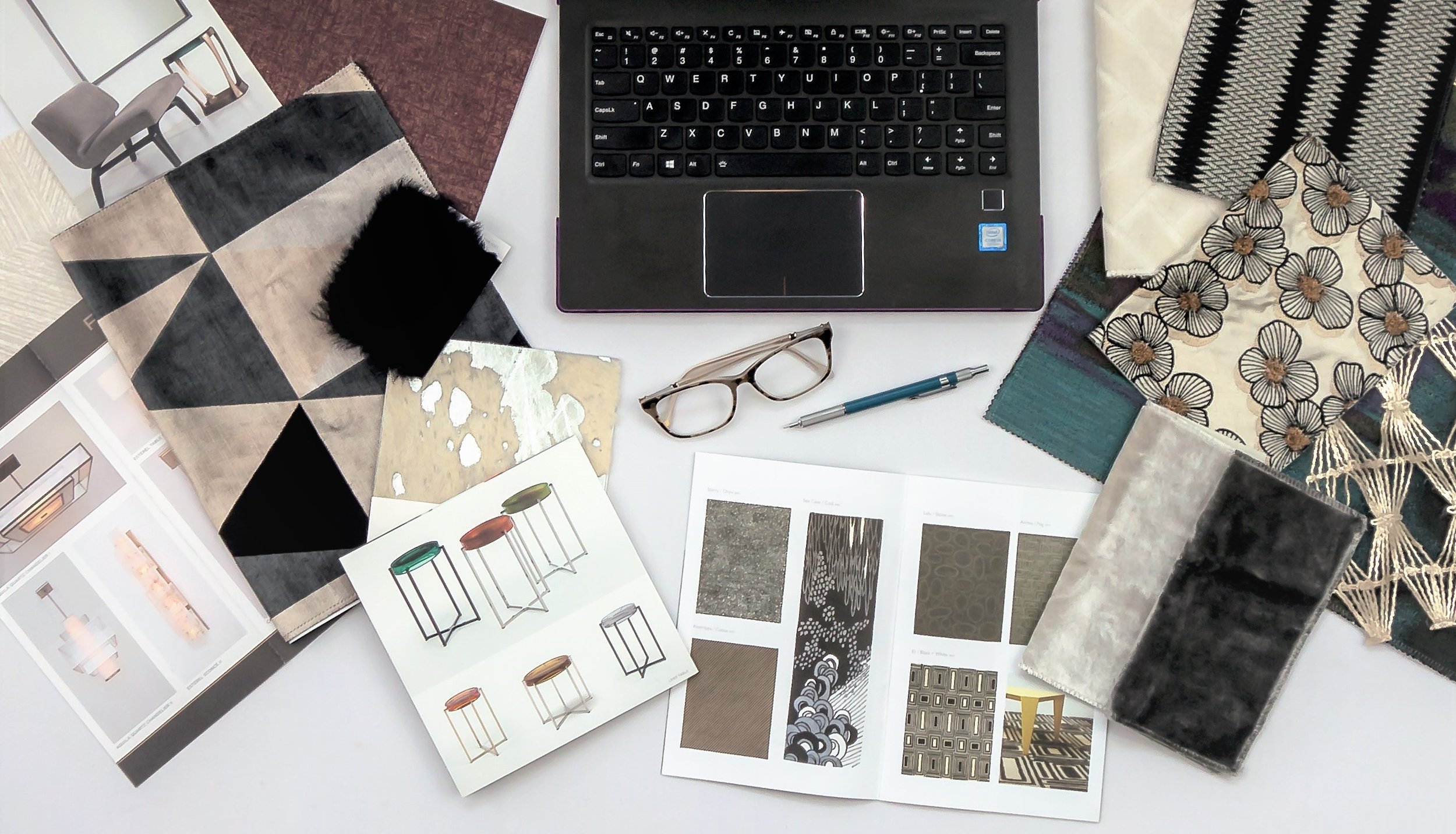
Design in Odd Numbers: Mastering the 3-5-7 Rule
At Sarah Jacquelyn Interiors, one of our go-to styling principles is the 3-5-7 rule—a simple yet powerful guideline that helps create visual harmony and interest in any room. If you’ve ever admired a perfectly styled shelf or a balanced coffee table and wondered why it just works, chances are the 3-5-7 rule was at play.
What Is the 3-5-7 Rule in Interior Design?
The 3-5-7 rule is based on the idea that groupings of odd numbers—specifically three, five, or seven items—are more visually appealing and dynamic than even-numbered arrangements. Our eyes naturally seek out balance, but not symmetry. Odd numbers give a sense of movement and asymmetry that feels more organic and less staged.
Why Is It Considered Effective?
Odd-number groupings allow the eye to move more freely around a vignette, pausing at focal points without becoming stagnant. An arrangement of three candleholders or five framed prints creates a rhythm that invites curiosity and engagement. There’s something about it that feels collected, intentional, and just a bit artful.
The Power of Odd Numbers in Visual Balance
Odd numbers create what designers call visual tension—a delicate imbalance that draws attention in a pleasing way. Even numbers can feel too predictable or rigid, while odd numbers give a sense of natural flow. Think of a triangle: three points that feel grounded yet energetic. That’s the magic of the 3-5-7 rule.
Where Is the 3-5-7 Rule Most Useful?
This rule shines in styling surfaces like:
Bookshelves
Coffee tables
Mantels
Console tables
Open kitchen shelving
Entryways
Whether it’s three sculptural vases on a credenza or five throw pillows on a bed, the odd-number arrangement keeps the eye moving while feeling cohesive.
When Might the 3-5-7 Rule Not Work?
There are moments when breaking the rule works better. For instance:
Minimalist interiors may call for a single strong statement piece.
Symmetrical spaces—like a dining table with two pendant lights—benefit from even-number balance.
Very small spaces might feel cluttered with groupings of five or seven.
As with any rule in design, it’s more of a guide than a mandate. Trust your eye and the needs of the space.
How to Keep Odd-Numbered Groupings Cohesive
To make a grouping of three, five, or seven items feel intentional rather than random, consider:
Color: Use a shared palette or finish to tie pieces together.
Shape & Size: Vary the height and scale for interest, but keep at least one visual thread connecting them.
Style: Objects should feel like they’re part of the same design family—even if they contrast, they should complement.
Spacing: Don’t crowd your arrangement; give each item room to breathe.
A trio of ceramic vases in varying heights but a similar glaze, or a collection of framed art in different sizes but unified by color, are great examples.
Tips for Trying the 3-5-7 Rule at Home
Start small. Try it on a coffee table or nightstand before moving to larger displays.
Create a focal point. Use the tallest or most colorful item as the anchor.
Play with texture. Mixing glass, metal, wood, or fabric adds depth.
Edit, then edit again. Too many accessories, even in odd numbers, can feel cluttered.
Design is part instinct and part strategy. At Sarah Jacquelyn Interiors, we love using principles like the 3-5-7 rule to create spaces that are not only beautiful but balanced and livable. Whether you’re styling your shelves or reworking your entire home, remember—sometimes, odd is just right.
Want help bringing your space together? Reach out—we’d love to help you style your story.





